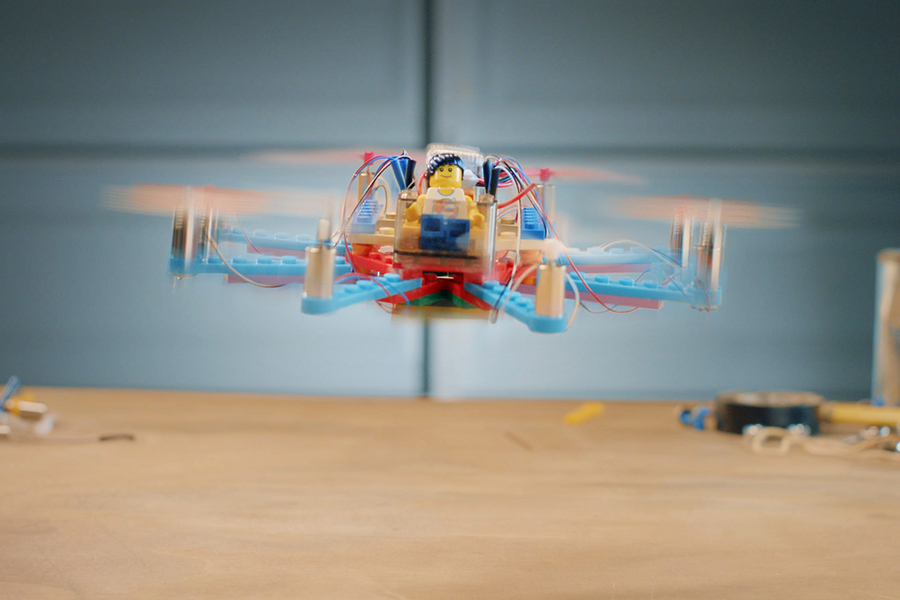MIT Researchers Develop VR Testing Ground to Securely Coach Autonomous Drones
Coaching self-directed drones to soar around composite indoor settings predictably means collapses, not to point out a continuous cycle of replacement and repair. To deal with this, the MIT engineers developed a VR training system that enables the drones to observe virtual images while hovering around a physically vacant test facility.
Named “Flight Goggles,” the team stated in a blog post that the novel system can “considerably decrease the number of collapses that drones experience in genuine coaching episodes,” and also function as a virtual testbed for varied settings that would otherwise need lengthy setup time and physical barriers.
Developed primarily to function in the new drone-testing facility of MIT in Building 31, the innovative Flight Goggles system incorporates an image rendering program, a motion capture system, and several aboard electronics comprising IMUs, and custom-made circuit boards that incorporate a powerful implanted supercomputer.
The later bits are leashed onto the drone through a 3D-printed carbon fiber and nylon-supported frame. This drone seen is stated to autonomously soar at an utmost pace of 6.7 m/s, or about 15 mph/24 kph. The team can introduce any figure of photorealistic VR settings and send out it at 90 frames/second to the drone as it is hovering through the vacant facility.
As the setting is vastly adaptable, non-static obstacles such as individuals can be set up as well into the training regime of the autonomous drone. Karaman envisages a system wherein the drone test facility of MIT is divided into 2 parts—1 for the drone to hover in its VR settings and another kept for humans wearing motion-capture suits, efficiently placing in a person into the virtual pathway of a drone without physical threat to the individual.
In another study published recently by researchers from the University of Bologna and ETH Zurich stated to find a means to optimize the bite-sized memory and power limitations of drone using DroNet—a featherlight residual convolutional neural network architecture.

